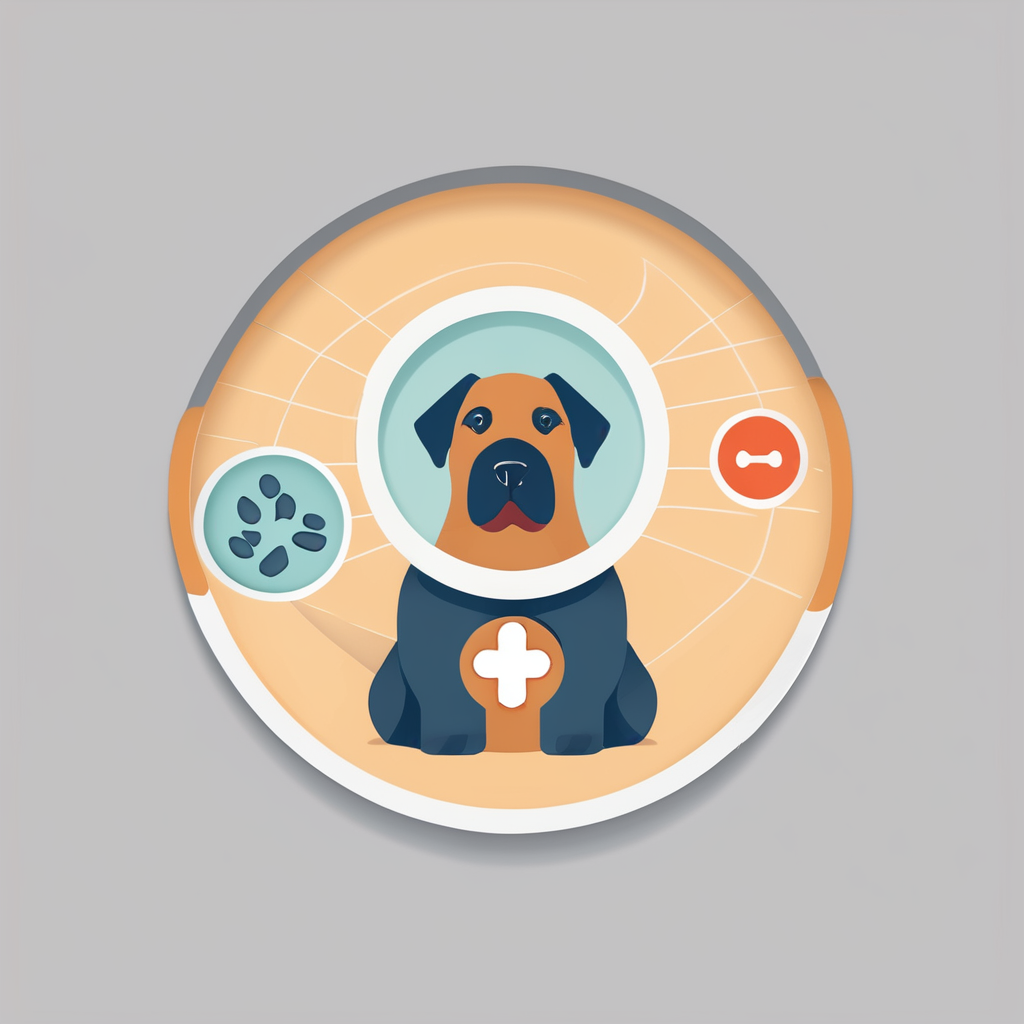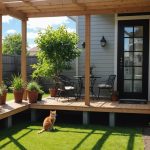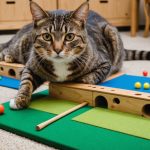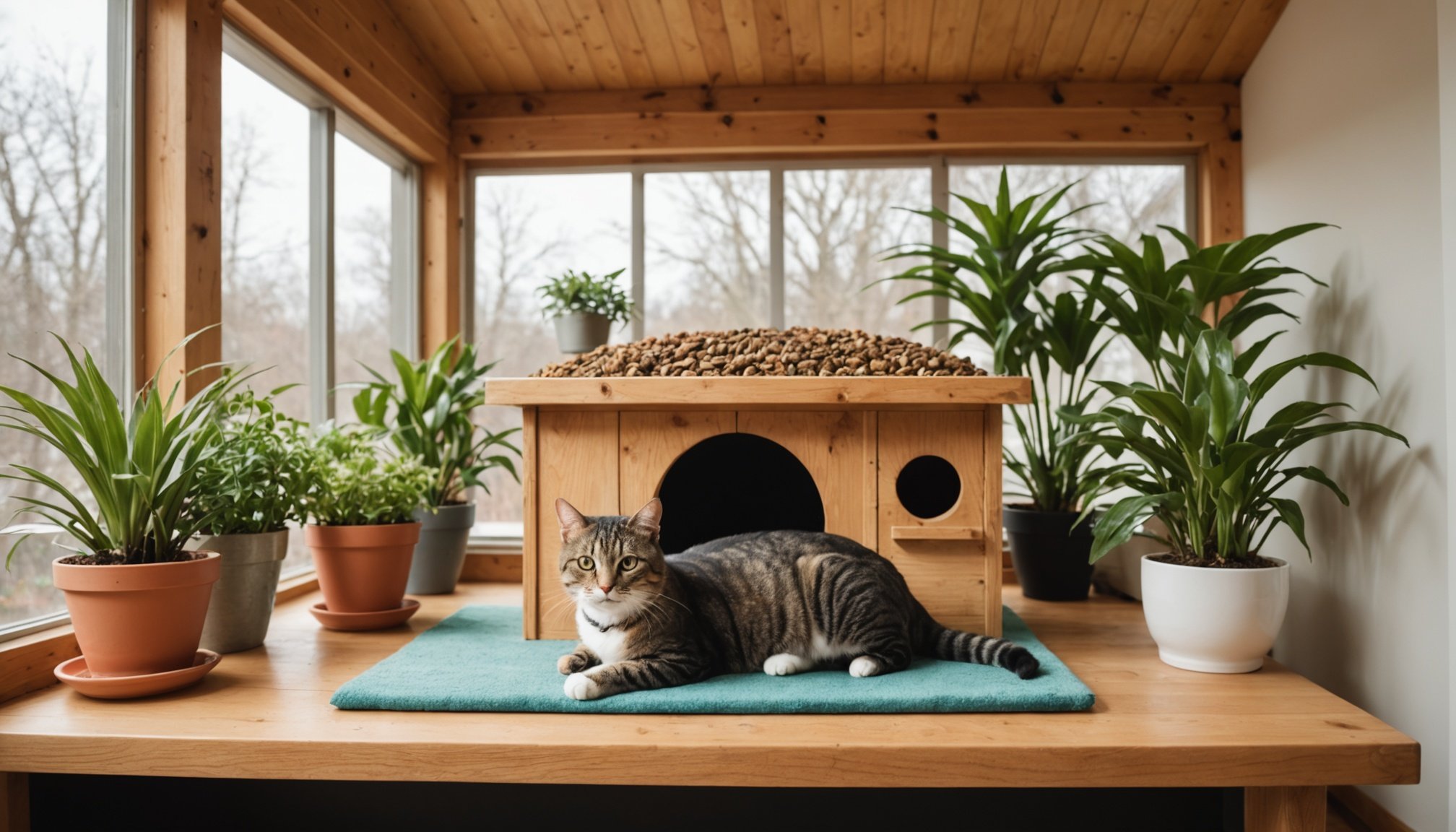Designing for Safety and Comfort
Creating a safe environment for indoor cats is crucial to their well-being. First, cat-proofing your home involves identifying and mitigating potential hazards. This includes securing loose wires, removing toxic plants, and covering sharp edges. These precautions help prevent accidents, ensuring your cat’s safety.
Cats also need comfort zones where they can relax undisturbed. Comfortable resting and hiding spots, like cushioned nooks or soft blankets in secluded areas, are essential. These spaces provide cats with a sense of security and peace, which is important for their mental health.
Topic to read : Ultimate handbook for managing dental health in rabbits at home in the uk
Temperature and air quality control play significant roles in a cat’s comfort. Cats are sensitive to changes in temperature and prefer a consistent, moderate climate. Proper ventilation is also vital, as it removes stale air and maintains good air quality. If possible, provide access to natural sunlight, as it is beneficial for your cat’s health and contentment.
Designing a safe and comfortable environment for your cat allows them to thrive in their indoor habitat. By ensuring that your home is cat-proofed and provides the right comfort zones, you can create a sanctuary that caters to your pet’s needs while keeping them safe and content.
Also to see : Ultimate guide to ensuring your sphynx cat stays cozy and warm during cold british days
Understanding the Importance of an Indoor Oasis for Cats
Creating an indoor cat environment that promotes feline contentment involves considering both psychological and physical health benefits. A well-designed space can significantly improve a cat’s life by providing security and stimulation. This, in turn, helps to prevent behavioural issues commonly attributed to indoor cat living.
One may wonder, what are the benefits of a safe and stimulating environment? A safe indoor atmosphere reduces the risk of injury and illness by eliminating potential hazards like toxins and dangerous objects. Additionally, a stimulating setting enriched with toys and climbing structures keeps cats mentally engaged, which reduces stress and boredom.
Safety considerations play a crucial role in crafting such environments. Common misconceptions about indoor living often include the belief that keeping cats indoors is inherently limiting or unhealthy. While it is true that cats might experience fewer natural threats, they also avoid many outdoor risks, such as traffic accidents and disease.
To truly understand feline contentment, one must appreciate the tailored approach required when ensuring that indoor cats remain active and happy. Recognising the importance of a well-thought-out indoor environment allows cat owners to transform their homes into a haven where safety and stimulation thrive harmoniously.
Essential Components of an Indoor Cat Oasis
To enhance feline contentment, choosing the right cat furniture and enrichment tools is crucial. Quality scratching posts and climbing furniture offer opportunities for cats to engage their natural instincts. Look for these items in various sizes and styles to suit your space and your cat’s preferences.
Recommended enrichment tools include interactive toys and puzzles. These items help maintain a cat’s physical and mental well-being by challenging their intelligence and keeping them interested. Rotating toys periodically can stimulate curiosity and prevent boredom, which is essential for indoor cats.
When designing an indoor cat environment, it’s important to select safe materials. Cats are sensitive to chemical and toxic substances, so non-toxic materials are preferred. Opt for cat-friendly materials like natural wood or untreated fibers. These options are less likely to cause health issues and can withstand the wear-and-tear of regular use.
Incorporating furniture and tools made from such materials ensures that the environment is not only enriching but also safe. By thoughtfully selecting these components, you can create an indoor sanctuary that supports both safety and stimulation, enhancing your cat’s overall quality of life.
Enrichment Ideas for Indoor Cats
Creating stimulating environments for indoor cats requires thoughtful design to ensure optimal mental stimulation and happiness. Climbing structures are a fantastic way to nurture a cat’s natural instincts. Provide vertical spaces like cat trees or wall-mounted shelves to encourage agility and exploration. These not only offer physical exercise but also a vantage point for them to survey their surroundings.
Interactive play is crucial for keeping indoor cats engaged and happy. Activities such as laser pointers or feather wands can mimic prey, providing excitement and an outlet for their hunting instincts. It’s an excellent way to strengthen the bond between you and your cat while promoting physical activity.
Incorporating diverse and engaging playtime routines is essential. Rotate toys periodically to prevent boredom and keep your cat curious. Options like puzzle feeders can challenge their brains and offer rewards for problem-solving. This variation keeps their environment fresh and exciting.
By designing a varied and dynamic play area, you facilitate an enriching lifestyle for your indoor feline. Remember the importance of these elements to ensure your pet remains active, healthy, and content in their indoor sanctuary.
Maintaining a Healthy Indoor Environment
Maintaining a healthy indoor environment for your cat is essential to ensuring their well-being. Routine cleanliness practices not only keep your home smelling fresh but also play a crucial role in preventing health issues. Regular cleaning of litter boxes and bedding mitigates the risks of bacterial infections and allergies.
It’s equally important to conduct health checks and assess your cat’s environment regularly. This includes monitoring for any changes in behaviour or appetite that may indicate health problems. Regular vet visits for check-ups ensure that potential health issues are identified early.
Air quality significantly impacts your pet’s health. Ensure adequate ventilation to provide a constant supply of fresh air, which helps eliminate odours and reduces respiratory issues. Allowing natural light to enter your home is beneficial, as it helps to regulate your cat’s circadian rhythm and can improve their mood.
Adopting these practices will contribute to a safer, more hygienic indoor environment for your feline friend. Emphasising hygiene, regular vet appointments, and optimal air quality ensures that your pet remains healthy and content in their indoor habitat.
Expert Insights on Cat Well-being
Understanding feline behaviour in indoor settings can greatly enhance the well-being of your pet. Expert advice from veterinarians and feline behaviourists highlights the importance of understanding a cat’s psychological needs alongside their physical requirements. How can you encourage your indoor cat to thrive? One approach is to implement training tips that focus on positive reinforcement, which helps manage behaviours without inducing stress.
Training doesn’t just stop at basic commands; it incorporates activities that stimulate a cat’s natural instincts, such as scratching and hunting. Case studies have showcased successful indoor environments where a mix of stimulating toys and engaging routines have significantly improved a cat’s mental health. Ensuring that your indoor cat remains engaged prevents behavioural issues like anxiety and aggression.
Best practices from experts include establishing a consistent daily routine with feeding schedules and playtime to create a sense of security. Veterinarians often recommend environmental enrichment and periodic vet visits to assess health and behaviour changes. By integrating these insights, you’ll cater to both the mental and physical health of your feline friend, promoting contentment within their indoor oasis.









